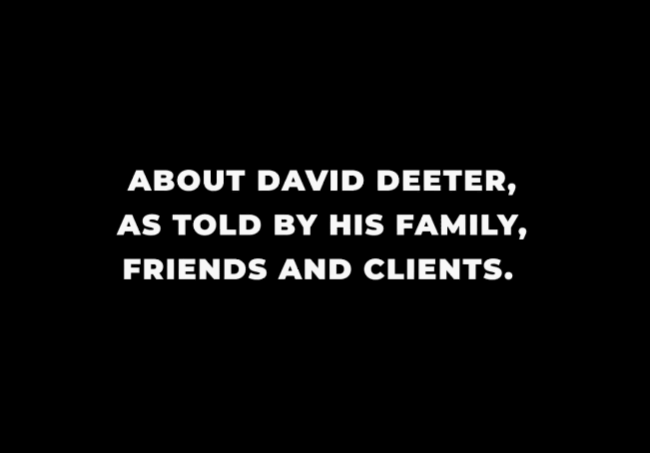1099s Required for 2022 Tax Year

Taxpayers earning income from selling goods or providing services may receive a Form 1099-K, Payment Card and Third-Party Network Transactions, for the first time in early 2023, when the 2022 forms are due. The requirement to file Forms 1099 have been broadened to include payment card transactions and third-party payment network transactions totaling $600 or more per year. This means that business payments received on applications like Venmo, CashApp, Zelle and PayPal will be reported to the IRS if they meet the $600 threshold. However, personal payments, such as payments and reimbursements to friends and family, gifts, etc., will not be reported. Presumably, payment apps will have tools to distinguish between business accounts and individual accounts.
Businesses’ Reporting Burden
Payors need to understand that now a single transaction exceeding $600 can trigger a 1099-K requirement. If a business fails to issue a Form 1099 by the due date—usually January 31 of the next year—the business will be subject to a per form penalty. The IRS penalties range from $50 for being 30 days late to $580 for intentional disregard of the filing rules, per form. There are different maximum fines per year for large and small businesses.
The American Rescue Plan Act of 2021 decreased the reporting threshold for Form 1099-K from $20,000 in aggregate payments and 200 transactions to $600 in aggregate payments, with no minimum transaction requirement, effective 2022 (Click here for earlier article on this change).
The IRS notes that this change does not affect the taxation of income. The only change is to the reporting rules for Form 1099-K. Income from part-time work, side jobs or the sale of goods, is still taxable. Taxpayers must report all income on their tax return unless it is excluded by law, whether they receive a Form 1099-NEC, Nonemployee Compensation, Form 1099-K or other information return.
What IRS Does with 1099s
The IRS uses computerized matching to connect 1099s with tax returns. All Forms 1099 use the payor’s employer identification number (EIN) and the payee’s Social Security number or taxpayer identification (TIN) number to identify payments. If the IRS finds a discrepancy between the income shown on the 1099 and the tax return that is not sufficiently explained on the return, it may request the extra funds, assess a deficiency, audit the taxpayer or start a collections process.
If a taxpayer receives an erroneous Form 1099, it is important to request that the issuer correct it immediately. If the taxpayer cannot get a correction issued, it is important to attach an explanation to the tax return. With funding shortfalls for many years, the IRS has come to rely heavily upon third-party reporting to determine the validity of the income numbers shown on tax returns.
Estimated Tax Payments May be Needed
If a taxpayer has significant amounts of income from contract work or from sales of goods, the amount otherwise withheld from the taxpayer’s salary may not be enough. In that case, taxpayers may need to make estimated tax payments to avoid penalties. Also, if taxpayers are in business for themselves, they generally need to make estimated tax payments. Estimated tax payments are used to pay not only income tax but other taxes, such as self-employment tax and the alternative minimum tax. The IRS has a set of answers to frequently asked questions available on the IRS website. However, the computation of estimated tax can be challenging, so consult your Frazier & Deeter tax advisor for assistance.
Explore related insights
-
Selecting the Right Employee Benefit Plan Auditor
Read more: Selecting the Right Employee Benefit Plan Auditor
-
The Role of Forensic Accounting in Addressing Suspected Employee Fraud: A Case Study
Read more: The Role of Forensic Accounting in Addressing Suspected Employee Fraud: A Case Study






